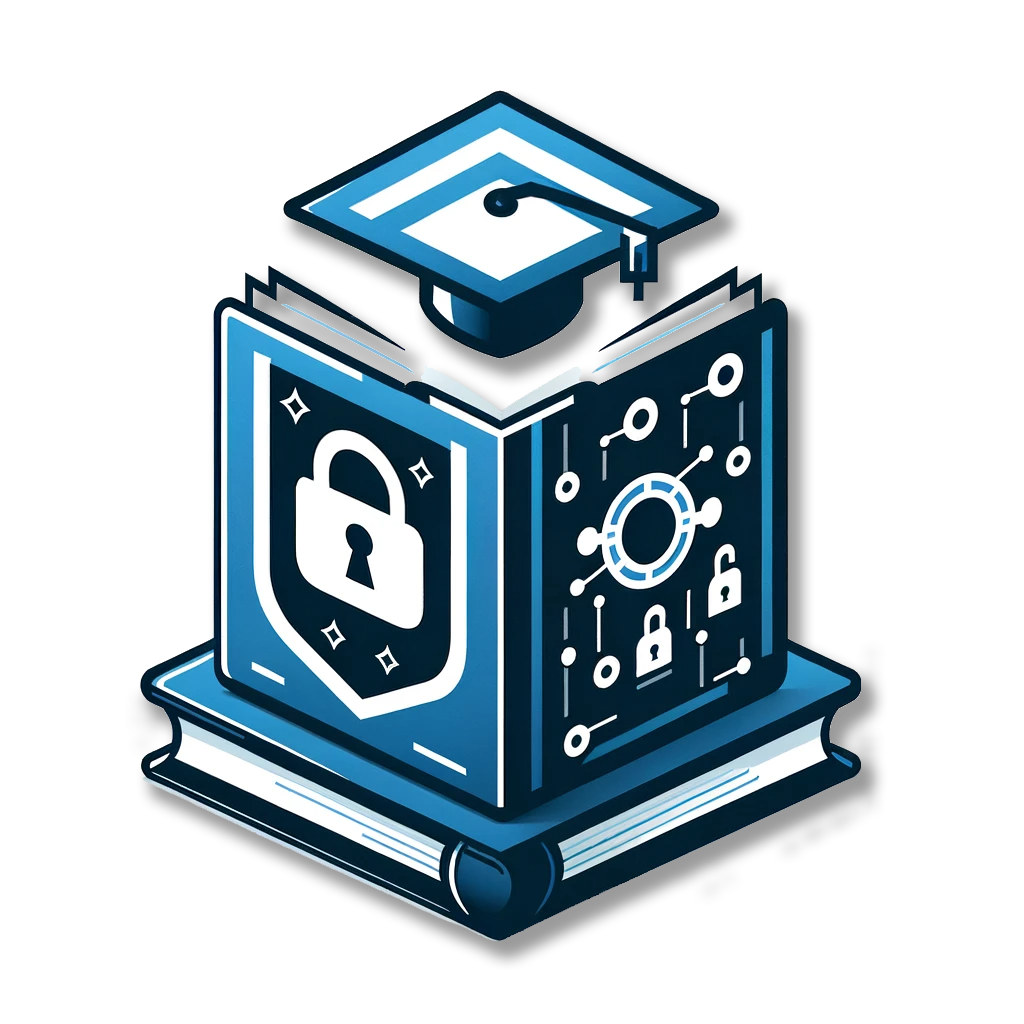BE SUSPICIOUS AND USE CAUTION
Be cautious of unsolicited employee or sensitive information requests. Confirm the identity of people claiming to be from a reputable organization.
In an increasingly interconnected world, the need for cybersecurity awareness has never been more critical.
Our Security Awareness Program is your first line of defense against evolving cyber threats.

Empower Your Team Against Cyber Threats
In the digital age where cyber threats loom large, the "Cyber Security Essentials Certification (CSEC)" serves as a crucial educational tool.
Designed to provide a deep understanding of cybersecurity, this course equips learners with the foundational knowledge and practical skills needed to protect personal and organizational data against cyber threats.
Covering everything from the basics of cyber attacks to the implementation of effective security measures, the CSEC curriculum bridges theoretical concepts with real-world applications, making it an indispensable resource for anyone looking to fortify their digital defenses.

Dive into the essentials of cybersecurity, understanding its critical role in today’s digital world. Explore user-related risks, identify potential cyber attack targets, and learn effective security measures to protect digital assets.
Unpack the tactics used by cyber adversaries and learn strategies to defend against social engineering attacks. Through interactive examples, gain insights into the psychology behind these schemes and how to foster a culture of security.
Learn the importance of data classification and the best practices for managing and protecting corporate data. From encryption to secure backups, understand the tools and policies that safeguard information.
Discover practical advice for safe internet navigation, device security, and password management. Enhance your security posture with tips for using mobile devices securely and protecting personal and professional data.
These learning outcomes not only highlight the comprehensive scope of the CSEC course but also underline the practical, real-world applications of the knowledge and skills taught.
Upon successful completion of the Cyber Security Essentials Certification (CSEC), learners will be able to:
Explain the importance of cyber security in the digital age and its impact on businesses and individuals.
Describe the evolution of cyber threats and the necessity for robust cyber security measures.
Recognize common user-related vulnerabilities, such as weak passwords and susceptibility to phishing.
Apply best practices to enhance personal and organizational cyber hygiene.
Gain a deeper understanding of why certain individuals or organizations become targets for cyber attackers.
Examine and analyze real-world case studies of significant cyber breaches to learn from their outcomes and enhance security.
Explain the immediate effects of cyber attacks on businesses, including financial losses and reputational harm.
Also, consider the long-term legal repercussions to understand their comprehensive impact.
Outline and adopt effective security practices to mitigate various risks associated with cyber threats.
Continuously stay informed about ongoing education and adhere to best practices in cyber security to ensure enhanced protection.
Define social engineering and recognize its common techniques, including phishing, pretexting and baiting.
Employ actionable strategies for effectively identifying and responding to social engineering.
Execute data classification based on sensitivity and confidentiality.
Utilize best practices for data storage, access control, and secure deletion.
Secure web browsing and public Wi-Fi use.
Update devices, manage passwords with tools, and protect mobile devices from unauthorized access.
Foster vigilance and continuous learning in cybersecurity.
Empower employees to identify and report suspicious activities effectively.
Rethink how you educate your staff so they will remember and act in your defense before it's too late!
Educate users on recognizing and avoiding phishing emails, links, and scams
Teach the importance of strong, unique passwords and the use of password managers
Cover best practices for securing smartphones, tablets, and computers from threats
Discuss the significance of safeguarding sensitive data and adhering to privacy regulations
Explore tactics used by cybercriminals to manipulate individuals into divulging sensitive information
Provide tips for safe internet browsing and avoiding malicious websites
Address email security threats, such as email spoofing and attachments carrying malware
Stress the significance of keeping operating systems and software up to date to patch vulnerabilities
Encourage the use of 2FA to add an extra layer of security to accounts
Highlight company security policies, acceptable use policies, and code of conduct